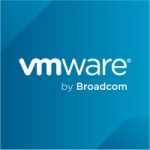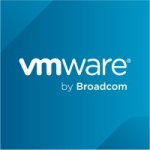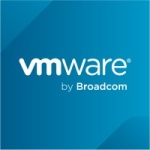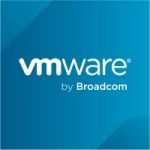What is most valuable?
The most valuable feature is the fact that it understands what is normal for a workload and alerts only if you go outside the given boundary. It knows if a workload spikes at the end of the month, that doesn't mean it has to alert, because if that workload is spiking every time at the end of the month, it knows this is normal for that workload and will not alert. It'll only alert if that spike goes beyond the normal range of that spike.
It has the ability to filter and alert you only when you want to be alerted. It understands the IO profile of the workload. It knows when it has spikes, when it has valleys, in a manner of speaking, and accordingly will alert you.
How has it helped my organization?
It's a great troubleshooting tool. If you have enough management packs in it, you can see the entire supply chain all the way from storage to compute. It helps you see where exactly, potentially the problem is happening.
Of the newest features, the workload balancing is something we might use. Currently, the way our clusters are laid out we truly do not have a need for that use case. We are not a good candidate for that use case, but the fact is it might help us when we try to consolidate data centers. It can help us to take two clusters into the data center and perhaps migrate workload between the two. It might be used for a data center migration, the way I look at it.
As far as using the capacity and performance management features to save on storage, I cannot answer to that because we have a different team for storage. They manage the storage, they monitor performance and capacity. We monitor the compute side. We use vROps on a regular basis from a capacity management for the compute side; the built-in features, views, heat maps, and whatever they have are pretty good indicators of when we need to add capacity. It has been pretty reliable from that perspective in the sense that it tells us we have a defined threshold that it takes us x number of days to add capacity. It has been pretty reliable from that perspective.
I haven't yet truly used it for proactive monitoring. It's been reactive, but it helps nail down the issue very quickly, based on a VM, a host, or whatever. Their views are the biggest source of views out there.
What needs improvement?
I think they need to make the UI a little bit more simplistic. It can be a little overwhelming for people who have never used the tool before. For someone who is using these products, you can find things very easily once you're in the UI, but we tried for our users so that they can go in and look for their stuff in there. If they can make the UI a little bit more simplistic, that would probably be one thing I would ask for.
We are trying to empower the users. They should be able to go in and look for their VMs and do minor-level troubleshooting and similar tasks. The UI is a little cluttered from that perspective. If they can make the UI a little bit easier, similar to Google, it would help a lot.
We run infrastructure. Users have a mindset of different things they look for. For them, if there's a custom dashboard that we could set up with a very simple basic UI, where they can see the obvious things. They could just jump in there and see that dashboard, see where the problems are happening right away, instead of moving all over the place. That's why I haven’t given the product a perfect rating.
What do I think about the stability of the solution?
If it is designed well, it is quite stable. You need to know how many VMs will be reporting up to it. Based on that, if you stand up the cluster with a sufficient number of nodes; data nodes, management nodes and remote collectors. If you design it accordingly, based on the requirements, it performs really well.
Buyer's Guide
VMware Aria Operations
September 2025
Learn what your peers think about VMware Aria Operations. Get advice and tips from experienced pros sharing their opinions. Updated: September 2025.
869,832 professionals have used our research since 2012.
What do I think about the scalability of the solution?
So far it's been working well. We have a pretty big cluster; it's around seven nodes. It has been working just fine.
How are customer service and support?
I have run into issues and the support I have needed was more from a guidance perspective than any big help; just asking them, having an upgrade, what would be the steps? What is the recommended procedure, if any? Is there any good guidance around it? They have been pretty helpful with that.
I haven’t actually had many issues with technical support. Once they kind of laid it out, given the environment, “This is how we would recommend that you do the upgrade.” The upgrade itself takes time just because of the scale of the environment. Beyond that, not much.
How was the initial setup?
I was not involved in the initial set up, but I have been involved since then. The solution was already stood up by another team member of ours. He's no longer there, so I inherited the solution, but I have expanded the cluster and I've incorporated additional BUs that we have all over the U.S. and they're reporting into vROps now.
What other advice do I have?
It's a pretty big product. From our perspective, it does a lot for you. You just need to do your homework and try to understand what you're looking for. It has all the answers in there. It does. You just have to know what you're looking for and know where to go to look for it because it can be a very complex product for a first time user. It can be.
Disclosure: My company does not have a business relationship with this vendor other than being a customer.

















